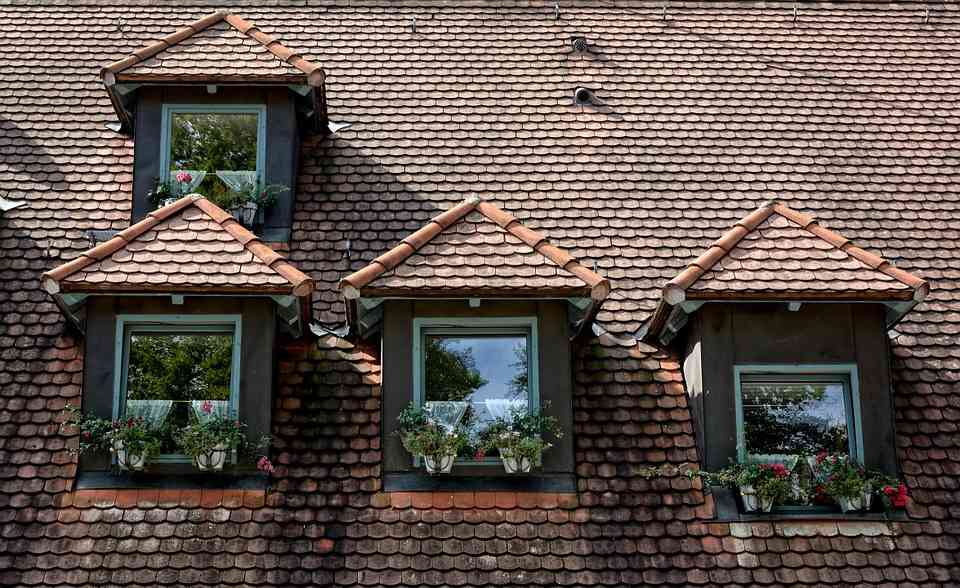
A gas fill is an essential element of a double-pane window. The notion that the space between the sheets of glass is a vacuum is a myth. Inside, an inert, odorless, and non-toxic gas is pumped to help reduce heat transfer within the window.
If you are planning to do home window replacement in Salt Lake City, Houston, Reno, Seattle, or any other major American city, it is imperative to advance your knowledge of gas fills. Otherwise, you might buy the wrong products, fail to meet your energy-efficiency goals, and waste your hard-earned dollars.
For starters, learn about the truth behind the following common misconceptions about them.
Window Insulation Is Universal
The use of a gas fill might now be the standard, but some window manufacturers still utilize plain air. Double-glazed with nothing but air offer weak thermal resistance.
To put things into perspective, the heat conductivity of argon, arguably the most popular insulating gas on the market, is just about 67% that of regular air. Other gas fills can be better insulators than argon, but plain air does not compare to it.
An Insulating Gas Makes Up for the Lack of Low-E Coatings
Low-emissivity glass accounts for most of the thermal performance of a modern window system. Insulating gas inevitably moves the needle in energy efficiency, but its contribution pales in comparison to that of multiple low-E coatings.
Nevertheless, you should look for products with a healthy combination of low-E glass and gas fill. This way, you can have replacement windows with energy ratings that make sense in your area.
A Gas Fill Stops Window Condensation Altogether
Since an insulating gas minimizes the movement of heat through the panes, it helps make the glass surface warmer. As a result, the moisture in wet air does not condense upon touching the outside surface of the interior windowpane.
However, you might still notice condensation on the outside surface of the exterior glass. Its temperature can go below the dew point, causing the pane to sweat due to the warmer outside air. The condensation should dry when exposed to sunlight, though.
Krypton Is the Best
Out of all gas fills, krypton has the lowest thermal conductivity. What is hurting its stock is its cost. Krypton is just marginally better than argon but is generally more expensive. Most homeowners do not want to pay extra for only slight performance improvement. Argon can be used to fill large spaces at a fraction of the cost.
Insulating Gas Leakage Results in Poor Window Performance

Insulating gas leakage is pervasive. According to some estimates, energy-efficient windows lost up to 1% of their gas fill every year. This natural phenomenon should not concern you, though. Experts say that gradual leakage does not negatively affect the effectiveness of insulated windows. Their performance can stay the same way for 20 years.
The value of a gas fill cannot be overemphasized, but it is only one of many elements of energy-efficient windows. Take your time to learn about each of them to avoid buying inferior replacement units. If you are in a hurry, though, look for the ENERGY STAR label, know the energy rating maximums in your climate zone, and reach the seal from the National Fenestration Rating Council instead.
